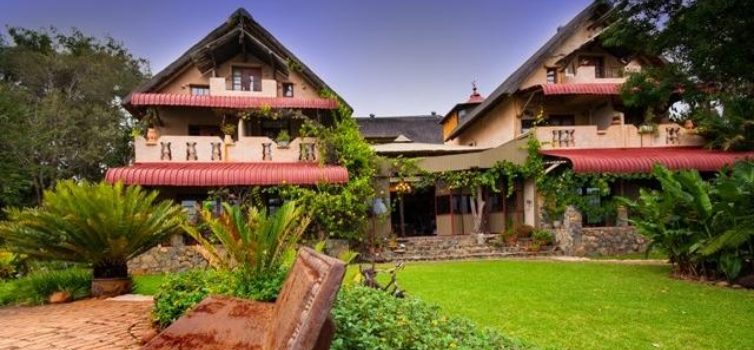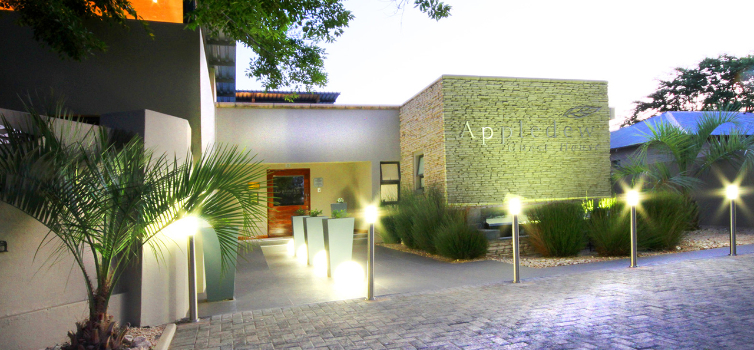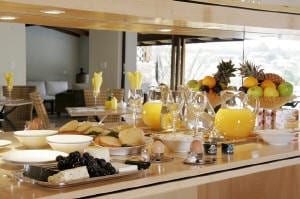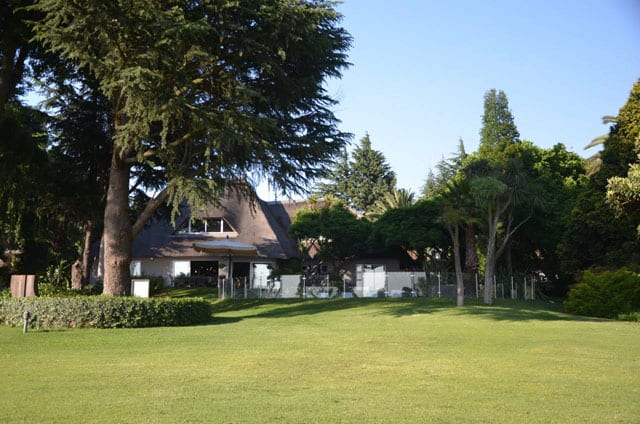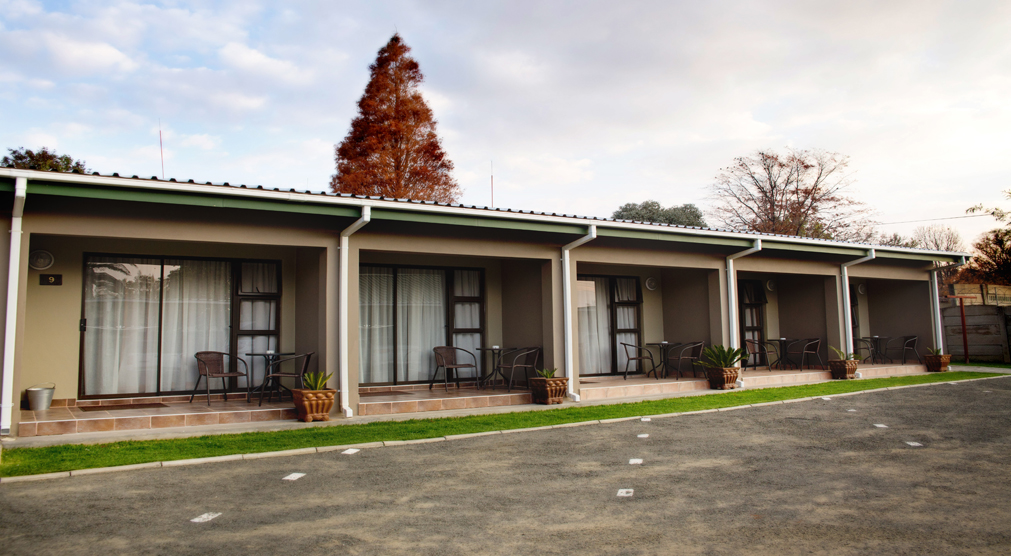Generally accepted to be the safari capital of South Africa, Mpumalanga is best known for the Kruger National Park and the many private game reserves on its border that offer a usually somewhat more exclusive – and far more expensive – alternative to staying in the park.
The whole province has a colourful history, particularly its gold rush era, when lawlessness was the order of the
Generally accepted to be the safari capital of South Africa, Mpumalanga is best known for the Kruger National Park and the many private game reserves on its border that offer a usually somewhat more exclusive – and far more expensive – alternative to staying in the park.
The whole province has a colourful history, particularly its gold rush era, when lawlessness was the order of the day and brave pioneers wandered through lion-infested bush to reach their claims. Many historical sites, battlefields and small museums document the era when this area was of such strategic importance during the wars between the Transvaal Republic and Britain. Paul Kruger fled South Africa through this province, and many people believe he left a fortune in gold bullion and coins buried here somewhere.
For tourism purposes, Mpumalanga is divided into seven routes, or sections. The Cultural Heartland and Cosmos Country are closer to Johannesburg, and are quite urbanised with a heave reliance on mining and industry, albeit with some scenic pockets of interest. But, despite the official divisions, the province is usually divided into the Lowveld and the escarpment.
The Lowveld is hot and humid with long grass and broad-leaved trees including such iconic ones as marulas and baobabs. And, of course, it has spectacular game. The Lowveld Legogote and the Wild Frontier routes fall largely into the Lowveld.
The Highlands Meander, which straddles the escarpment, is higher obviously, and also much cooler, and consists of rolling grassland with many wild flowers and pretty streams. Much of the area has been cultivated as pine plantations, but there are still some pockets of indigenous forest. Trout has been introduced into many dams and streams, but some waterways still harbour the more interesting indigenous yellow fish. Many people visit this lovely province just for sightseeing and, when they do, it is usually the spectacular Panorama Route they follow. A long drive taking in God’s Window, Bourke’s Luck, the Blyde River Canyon, the Three Rondawels (three almost circular mountains), Swadini Dam and the Sudwala Caves can be done comfortably in a day. And, close to the Swaziland and KZN borders, the wide open spaces of the Grass and Wetlands are refuge for a number of wonderful bird species.
The main city is Nelspruit, which, along with the many small towns, serves the tourist industry and the many farmers who grow delicious sub-tropical products, such as bananas, citrus fruit, litchis, mangoes, avocados, macadamia nuts, pecan nuts and tea and coffee.



